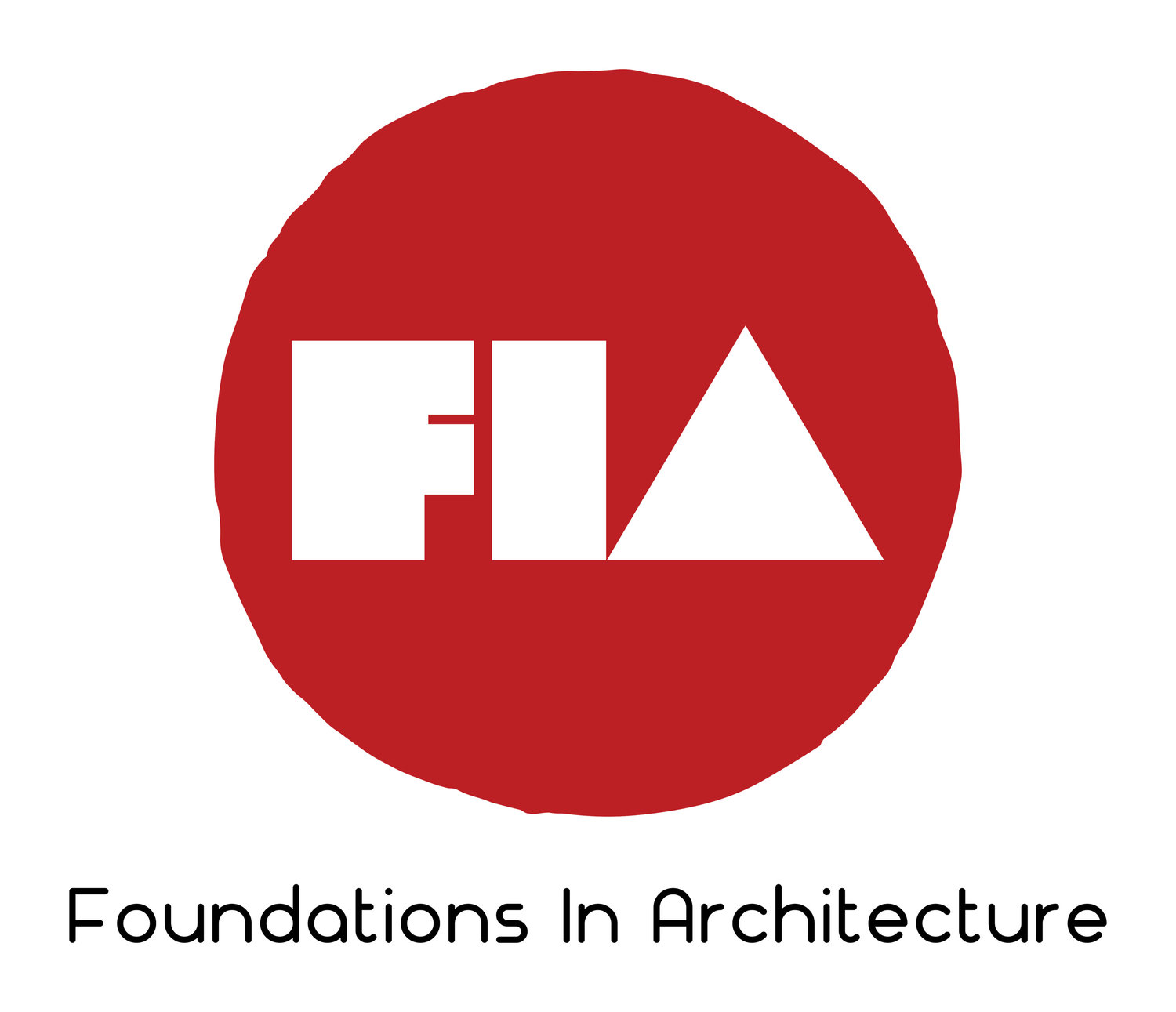“My dear Francesco, have you
heard about the cathedral?”
“Why, no, Paulo.”
“This foolish fellow, Brunelleschi,
wants to build a dome over it!”
“No, you must be in jest. It’s too big, and what if it collapses? How shameful that would be for the Florentines. It is a symbol of the city’s independence and pride.”
“Truly, Francesco. And what nerve! No one has been able to build a dome that big since the Roman Empire. Nevertheless, the fool has been studying ruins in Rome. He thinks he can build this thing, and without scaffolding as well!”
“It can’t be done!”
“Even if Brunelleschi does manage to put up some sort of structure, I am certain it would fall down in the first wind storm.”
Brunelleschi Puts a Dome on the Cathedral of Florence
It has been almost 600 years since conversations very like the above took place. Brunelleschi’s dome still dominates the city of Florence. At first he was considered a fool. However, the Florentines finally accepted his plan. They watched in awe as the huge, red-tiled dome completed the cathedral in 1436. In the Renaissance, domes were seen as among the greatest works of ancient Rome. But they were thought to be impossible to copy. Fifteenth-century Europeans had simply forgotten how to build them. With Brunelleschi’s dome, the Florentines began to think of themselves as equal to Rome. The dome rises 180 feet into the air without any visible sign of support. In fact, the dome is really built like a giant umbrella. There are eight huge ribs that hold it up, but these are hidden within the walls. This was different from medieval cathedrals where the structural supports could be seen. For example, the medieval flying buttress was a huge arm made of stone that came out from the wall. It propped up the cathedral. After the success of the dome, Brunelleschi was asked to design many other churches and public buildings. These all show the Renaissance desire to create a building that is balanced and harmonious. Renaissance thinkers believed that people needed to be surrounded by beauty in architecture, art, and music
